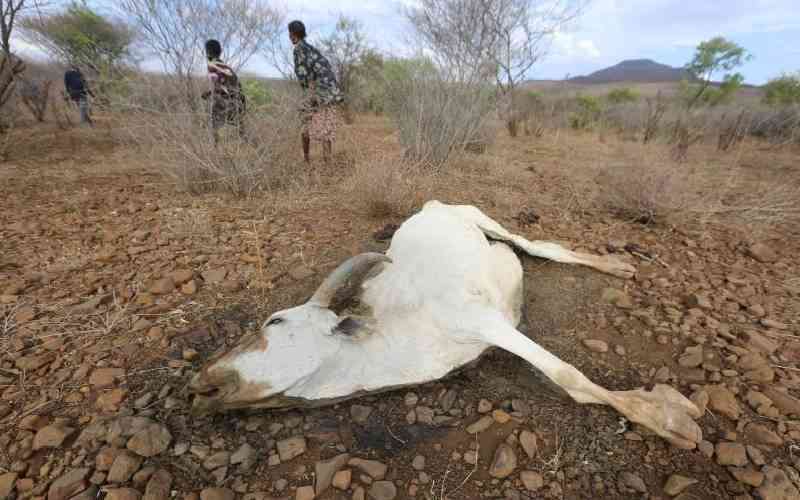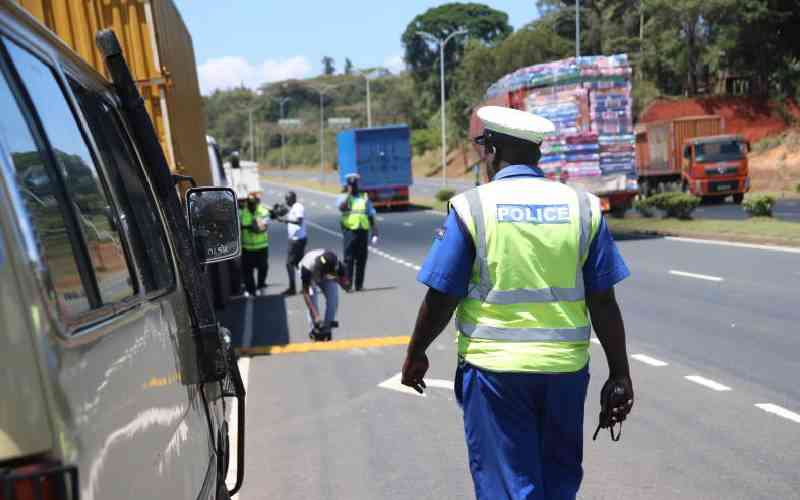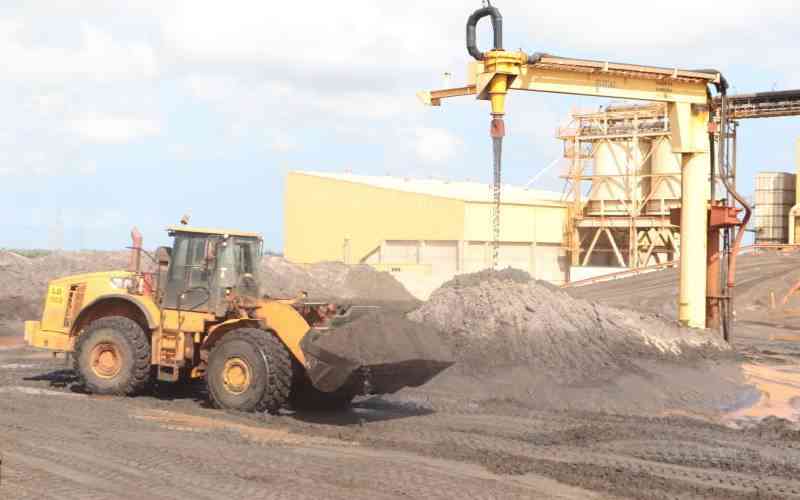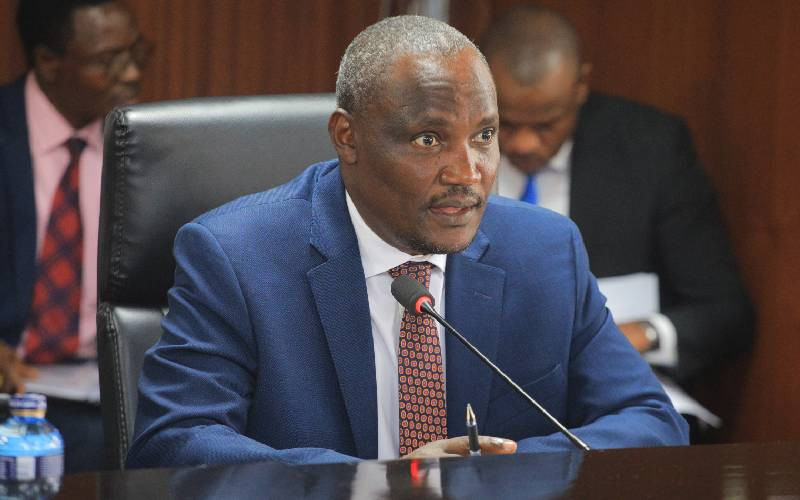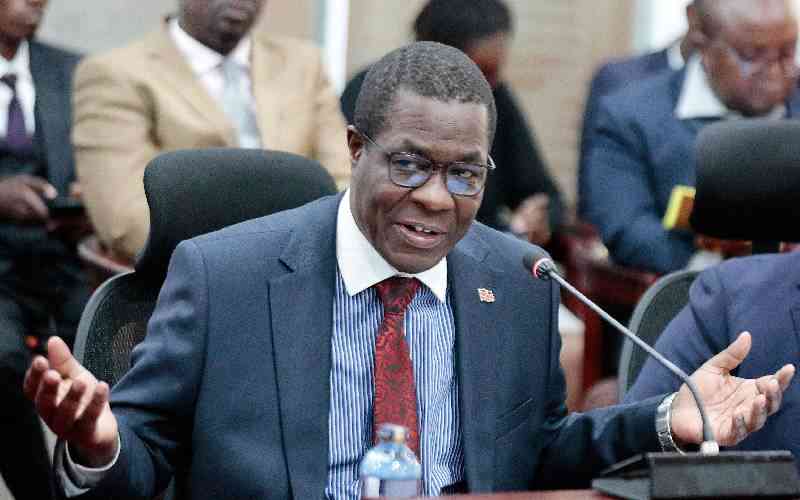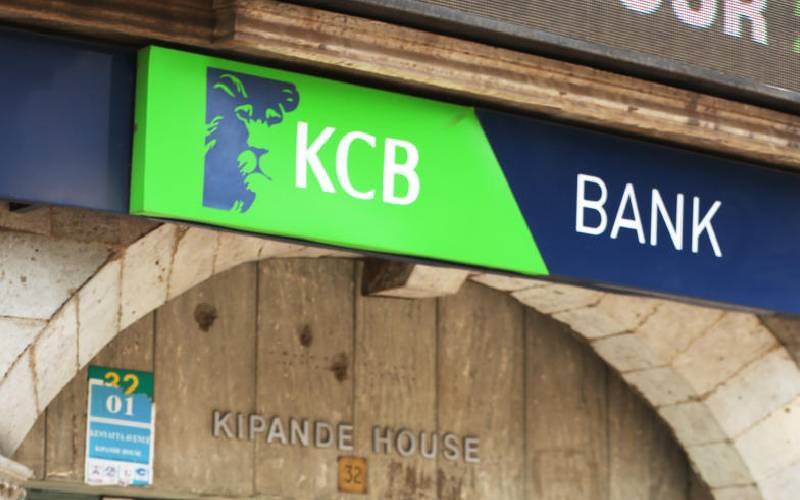×
The Standard e-Paper
Stay Informed, Even Offline
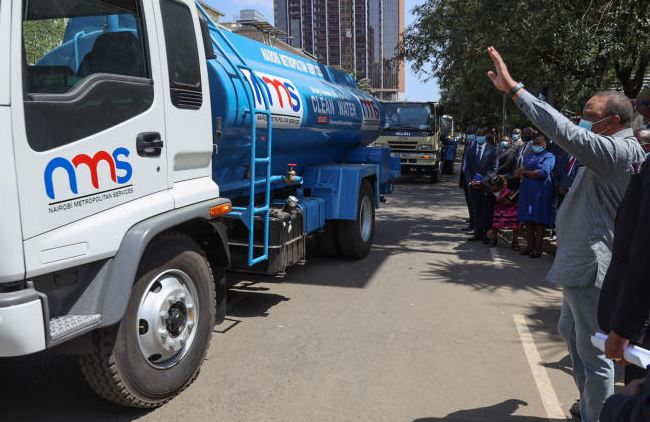
FILE PHOTO: President Uhuru flagging off NMS branded Water Trucks (PHOTO: PSCU)
Residents of Nairobi County will soon escape the choking grip of city water cartels who have for years interfered with the consistent supply of water leading to price hikes.

